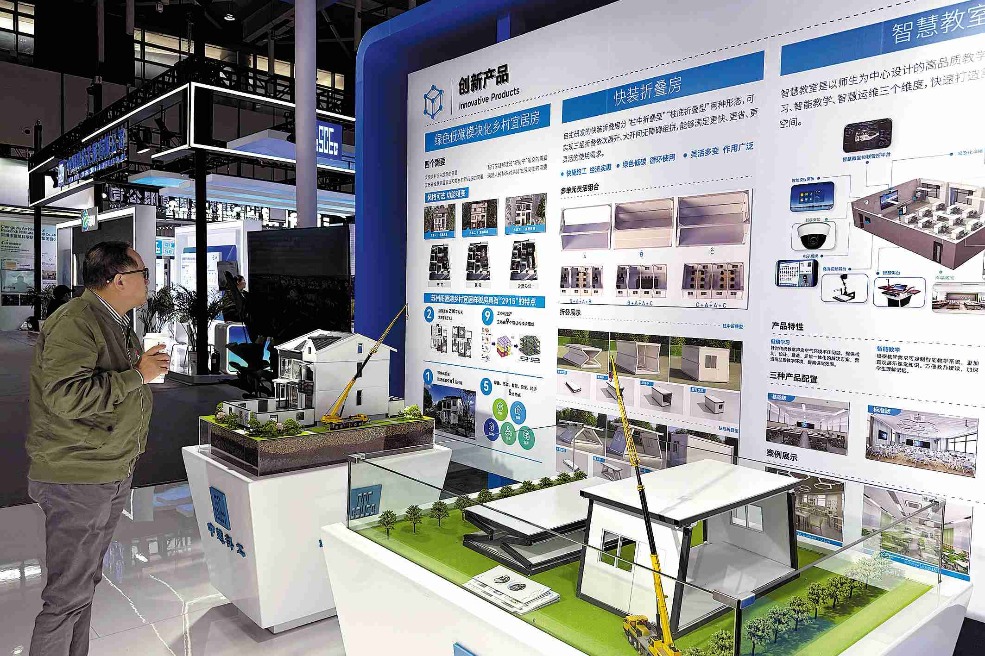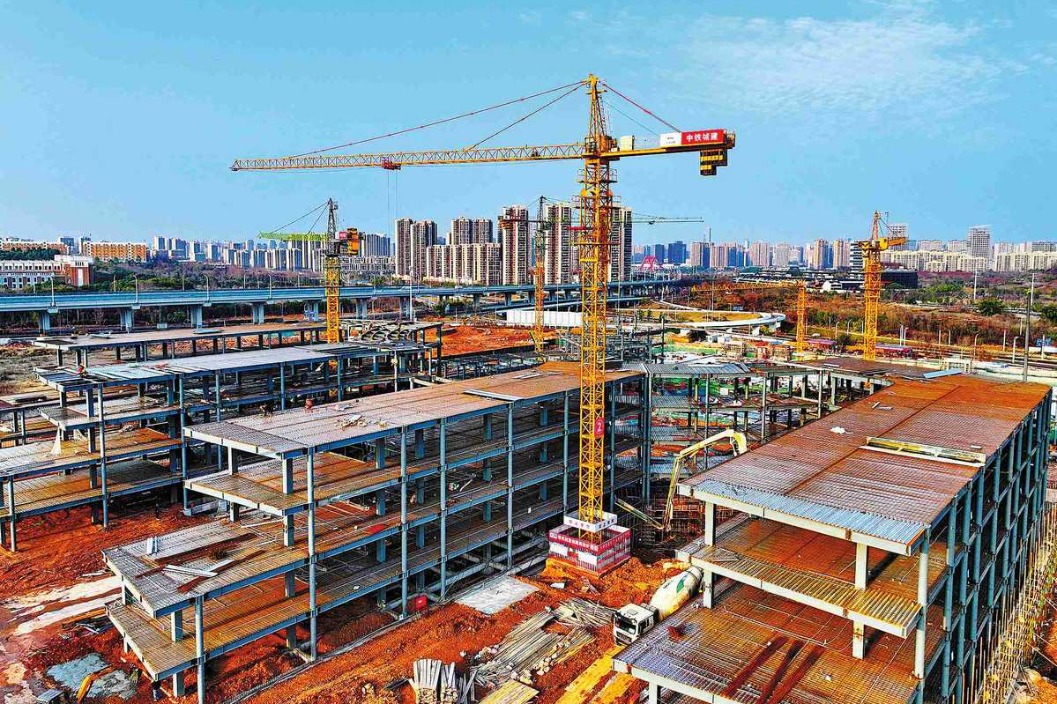Greater policy aid to cushion trade impact


Finance minister pledges proactive fiscal measures to assist industries
When trade tensions escalated between China and the United States, policymakers turned back to macroeconomic policies to defend against negative impacts on economic growth, especially with regard to fiscal policy.
Trade tariffs are no longer the only catalyst of intensifying China-US economic friction. Last week, the United States said it would add Chinese telecommunications giant Huawei and its 70 affiliates to an Entity List, which would bar them from buying components from US companies without prior US government approval. The move has raised concerns of an enduring confrontation, and analysts worry it could damage Huawei's business.
Such considerations have hardened the Chinese government's determination to strengthen financial support for manufacturing and foster the development of advanced technology. A recent statement from Finance Minister Liu Kun laid out fiscal policy's large potential to assist industrial upgrading.
To elevate China's position in the global supply chain and upgrade the manufacturing value chain, the government will "lead capital and resources moving into the strategically crucial areas, and achieve a breakthrough in key innovation," Liu said in an article published on Thursday.
Proactive fiscal policy, achieved through stronger government spending, aims to develop technology in the manufacturing sector and tackle key technical problems based on research in producing high-end goods, he wrote in Qiushi, one of China's most influential periodicals.
The finance minister's idea favors employing a more aggressive expansionary fiscal policy to catalyze key technological development and innovation in manufacturing, at a time when the US would block Chinese manufacturers in the high-end fields, analysts said.
A senior official from the Finance Ministry's Budget Department, told China Daily that from 2018 to 2022, the central government will spend 10 billion yuan ($1.45 billion) to support 200 special development areas converging in high-tech and innovative companies.
In those five years, the central government will also provide 3 billion yuan annually to support financing assurances for small and private companies, he said.
The government will purchase more high-end manufactured products as a central part of its procurement policy, said Wang Zecai, a researcher at the Chinese Academy of Fiscal Sciences, a Finance Ministry think tank.
Further value-added tax cuts for manufacturers are being discussed, although the VAT rate for manufacturers has been lowered by 3 percentage points to 13 percent from April, and that reduction can lower producers' costs with growing difficulties in exports, according to Wang.
Sheng Songcheng, a former director of the Financial Survey and Statistics Department of People's Bank of China, the central bank, said that further tax cuts are more feasible and possible, compared with continued easing of the monetary policy.
He compared the situations in China and the US, saying Chinese companies' overall tax burden is still 13.3 percentage points higher than that of companies in the US.
On Friday, a quarterly report from the People's Bank of China confirmed that China will maintain a prudent monetary policy. The report verified authorities' concerns that further monetary easing would spur a massive increase in new debt, after the rethinking of the first quarter's macroeconomic policy driven by high-speed credit growth.
China is currently adopting a prudent monetary policy which is expected to stimulate demand without creating price bubbles, especially in the property and financial sectors.
Chinese economists said government spending in key areas should be reinforced, as a major stabilizing tool to fight the tariff challenges, and that this requires a more dramatic redistribution of roles from monetary to fiscal policy.
The central government spent 7.6 trillion yuan in the first four months of the year, a 15.2 percent year-on-year increase, according to the Finance Ministry. Expenditures in technology research and development rose by 38.5 percent, the fastest growth of expenditure items.
To supplement the financing gap, local governments issued a record-high 1.63 trillion yuan in bonds in the first four months, and total local government outstanding debt reached 19.68 trillion yuan, according to the Finance Ministry.




































